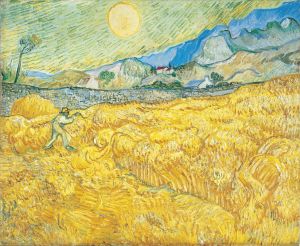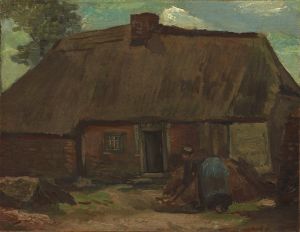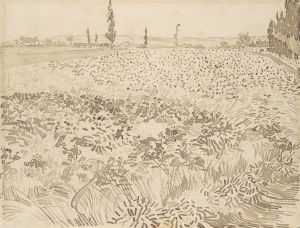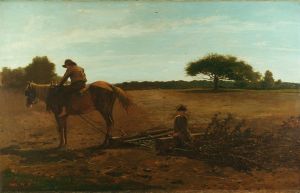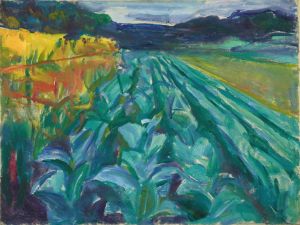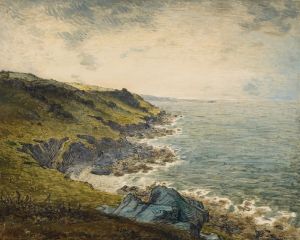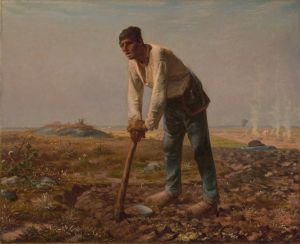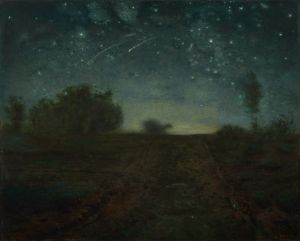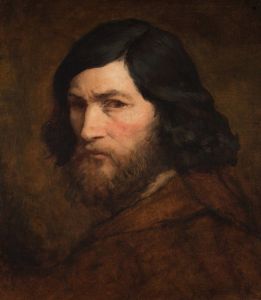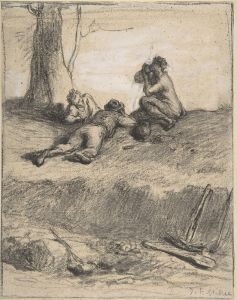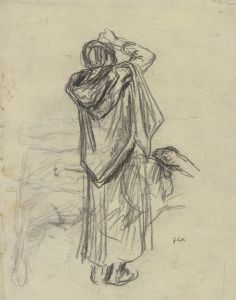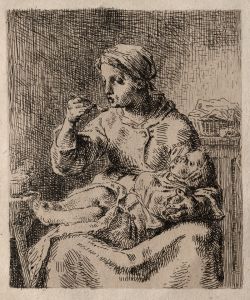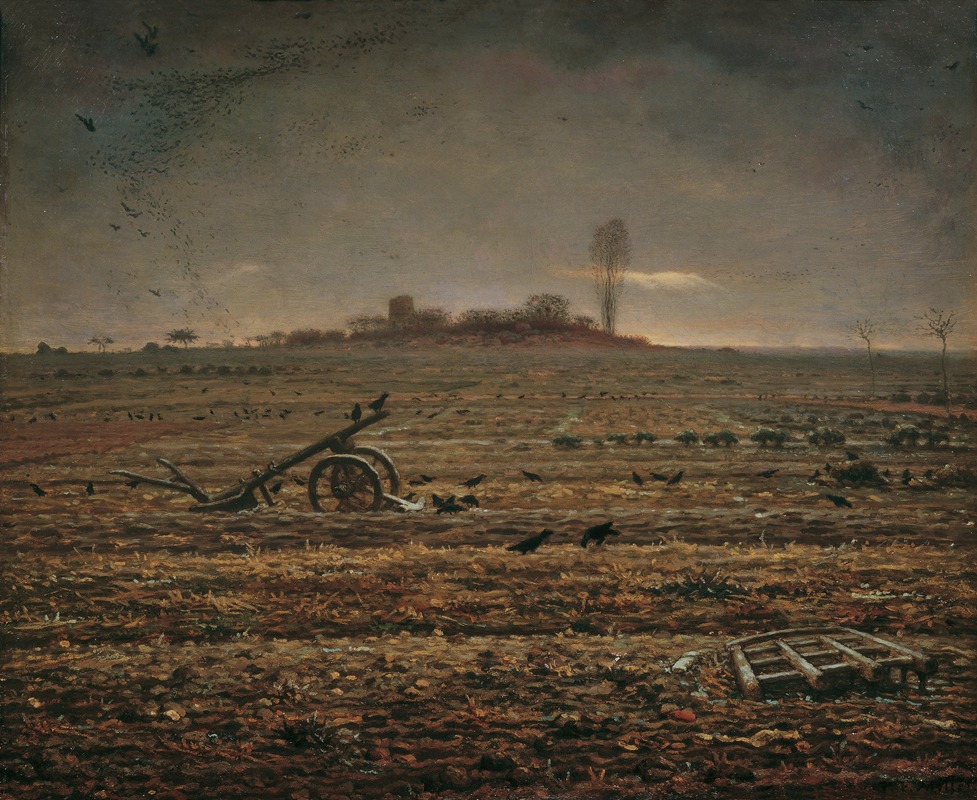
Die Ebene von Chailly mit Egge und Pflug
A hand-painted replica of Jean-François Millet’s masterpiece Die Ebene von Chailly mit Egge und Pflug, meticulously crafted by professional artists to capture the true essence of the original. Each piece is created with museum-quality canvas and rare mineral pigments, carefully painted by experienced artists with delicate brushstrokes and rich, layered colors to perfectly recreate the texture of the original artwork. Unlike machine-printed reproductions, this hand-painted version brings the painting to life, infused with the artist’s emotions and skill in every stroke. Whether for personal collection or home decoration, it instantly elevates the artistic atmosphere of any space.
Jean-François Millet was a prominent French painter and one of the founders of the Barbizon School, a movement that emerged in the mid-19th century. Millet is best known for his depictions of rural life and his ability to portray the dignity and hardship of peasant labor. One of his notable works is "Die Ebene von Chailly mit Egge und Pflug" (The Plain of Chailly with Harrow and Plow), which exemplifies his focus on agricultural themes and the rural landscape.
"Die Ebene von Chailly mit Egge und Pflug" is a painting that captures the essence of the French countryside, specifically the region around Barbizon, where Millet spent much of his career. The painting depicts a vast, open plain with a farmer working the land using a harrow and plow. This scene reflects Millet's deep appreciation for the agrarian lifestyle and his commitment to portraying the everyday lives of peasants with authenticity and respect.
Millet's technique in this painting is characterized by his use of earthy tones and a muted color palette, which effectively conveys the natural beauty and tranquility of the rural landscape. The composition is carefully balanced, with the farmer and his tools serving as focal points that draw the viewer's attention to the central theme of labor and the connection between humans and the land.
The painting is notable for its attention to detail and the way it captures the textures of the soil and the play of light across the landscape. Millet's brushwork is both precise and expressive, allowing him to convey the physicality of the farmer's work and the expansive nature of the plain. This approach is typical of Millet's style, which often emphasizes the physical and emotional realities of rural life.
Millet's work, including "Die Ebene von Chailly mit Egge und Pflug," was influential in shaping the perception of rural life in art. His paintings often highlighted the nobility and resilience of peasants, challenging the romanticized views of rural existence that were prevalent at the time. Instead, Millet presented a more realistic and empathetic portrayal, which resonated with audiences and contributed to the growing interest in realism in art.
Throughout his career, Millet faced both praise and criticism for his focus on peasant subjects. Some contemporaries appreciated his dedication to depicting the rural poor with dignity, while others viewed his work as overly simplistic or politically charged. Despite this, Millet's influence on later artists, including Vincent van Gogh, is undeniable, as his approach to realism and his thematic focus on labor and the natural world left a lasting impact on the art world.
In summary, "Die Ebene von Chailly mit Egge und Pflug" is a testament to Jean-François Millet's skill as a painter and his commitment to portraying the realities of rural life. Through his use of color, composition, and subject matter, Millet captures the essence of the French countryside and the enduring relationship between humans and the land. His work continues to be celebrated for its artistic merit and its contribution to the development of realism in 19th-century art.






